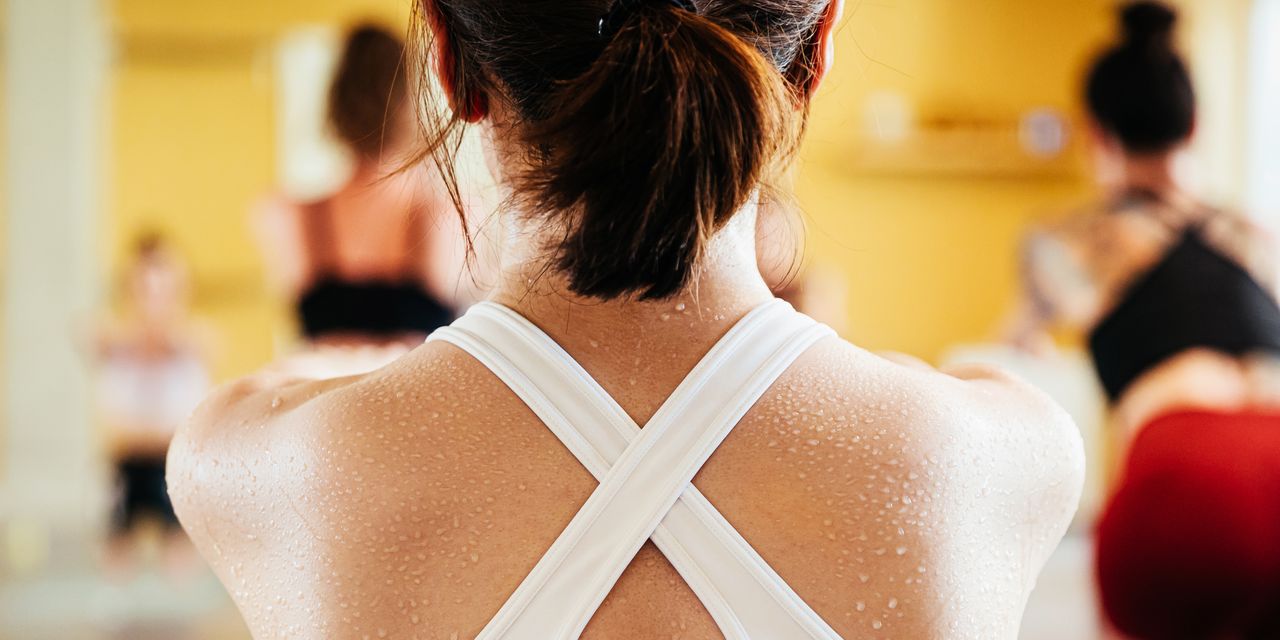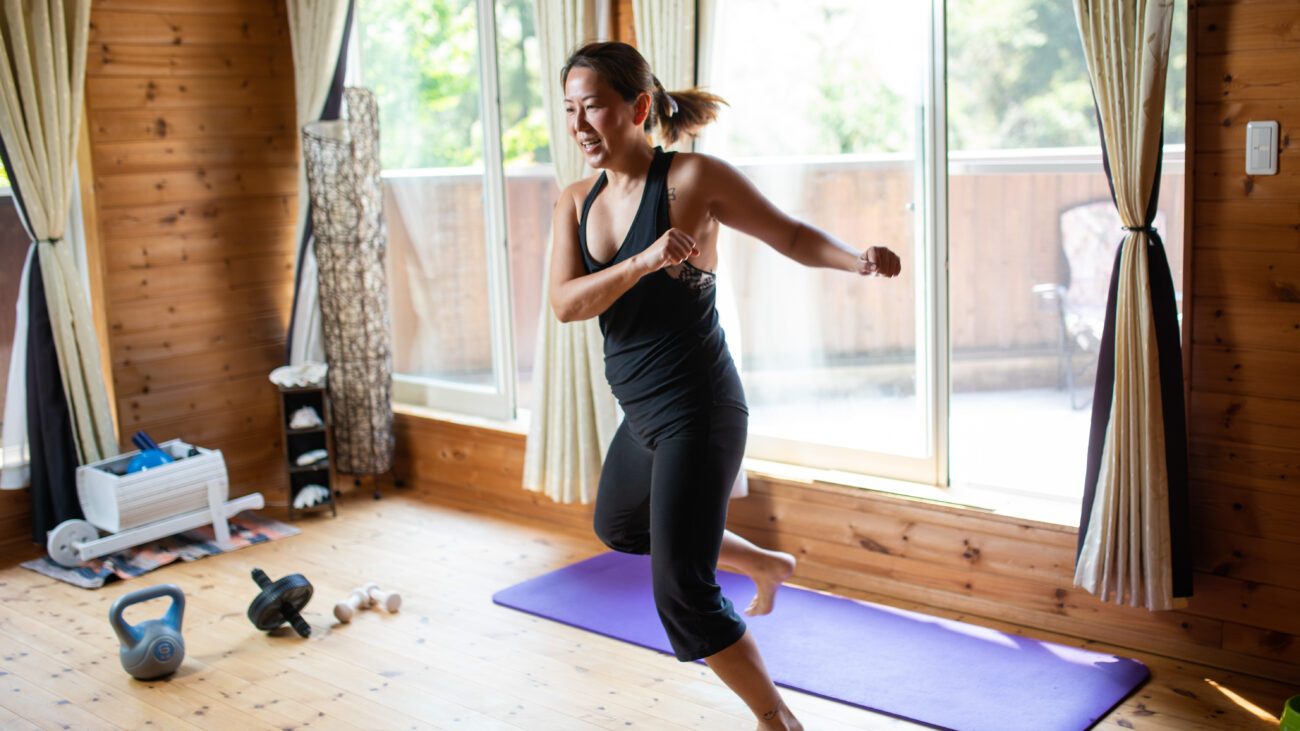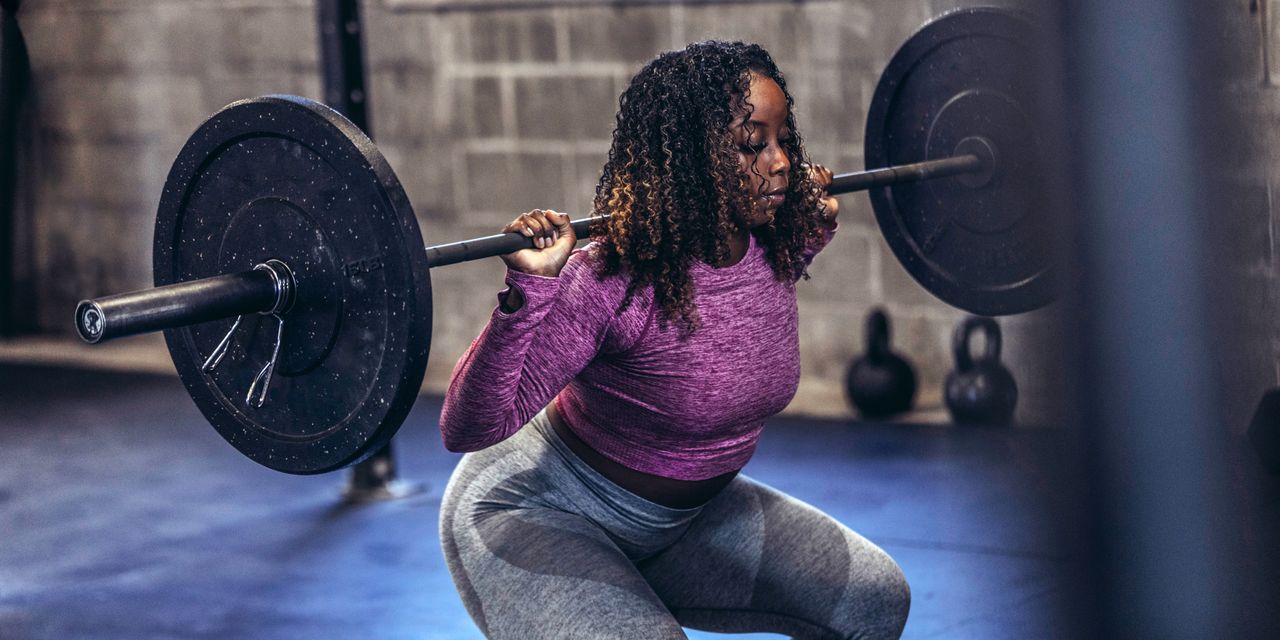Blog
Can We Please Chill With All the Heated Workout Classes?

Not so long ago, my preference for working out in a chilled space had an easy solution: I opted out of hot yoga. (I’m quick to schvitz and prefer to glisten versus drip.) But lately, the heated workout has edged toward the norm, with a wave of warm classes ranging from barre and Pilates to HIIT, cycling, and strength training. Their popularity is underscored by the idea that hotter means better. Now, choosing to bake while exercising is apparently proof of athletic rigor, even spiritual toughness. And forgoing the heat seems wimpy.
It’s all made me (just a tad!) defensive. I had a suspicion that the craze was, well, a lot of hot air, and it turns out, experts agree: A sweaty workout does not equal a successful one. And there’s little reason to shun a room-temperature fitness class. You can get every bit as good of a workout, if not a better one, at 70 degrees as you can at 100, regardless of how much you sweat. That moisture is simply an indication that your core or skin temperature has gone up, which can happen in scenarios that involve zero physical activity, like lounging in a sauna.
There is a relationship between sweat and workout intensity, Craig Crandall, PhD, director of the Thermal and Vascular Physiology Laboratory at the University of Texas Southwestern Medical Center, tells SELF. If you compare a person who’s walking on a treadmill in a 70-degree room with someone sprinting in the same room, the latter person will drip more—but if one of these people is in a hot room, it’s apples to oranges. “Now, that person’s sweating is not just a factor of how much heat they’re generating via exertion, but rather a combination of that and the heat they’re getting from the environment.” That means they’ll get damper faster without pushing any harder.
Besides the sweat factor, proponents of heated workout classes often point to the fact that they feel extra-exhausted afterward as evidence that it’s doing more. And it’s true that stressing your body via exercise and heat takes an additional toll, J. Luke Pryor, PhD, associate director of elite athlete performance at the University of Buffalo’s Center for Research and Education in Special Environments, tells SELF. “The heart has to increase blood flow to dissipate the heat as well as provide more oxygen and nutrients to our muscles.” As a result, you’ll experience a sharper spike in heart rate during a class in a hot studio, which is what tires you out faster. Over time, your body will grow more adept at this response: You’ll sweat more quickly and profusely to keep your temp down, meaning your heart rate won’t shoot up as high, Dr. Crandall says.
That’ll let you power through lengthier heated sessions—an acclimation response that can come in handy if you’re, say, preparing for a race in a sweltering locale. (Though if you really want to boost your performance for a specific activity, training in that activity is going to prep your body better than acclimating to the heat in a completely different modality.) But otherwise, exercising occasionally in the heat isn’t going to make a difference for your overall cardiovascular health or fitness versus doing similar workouts in a cooler space, Dr. Crandall says.












